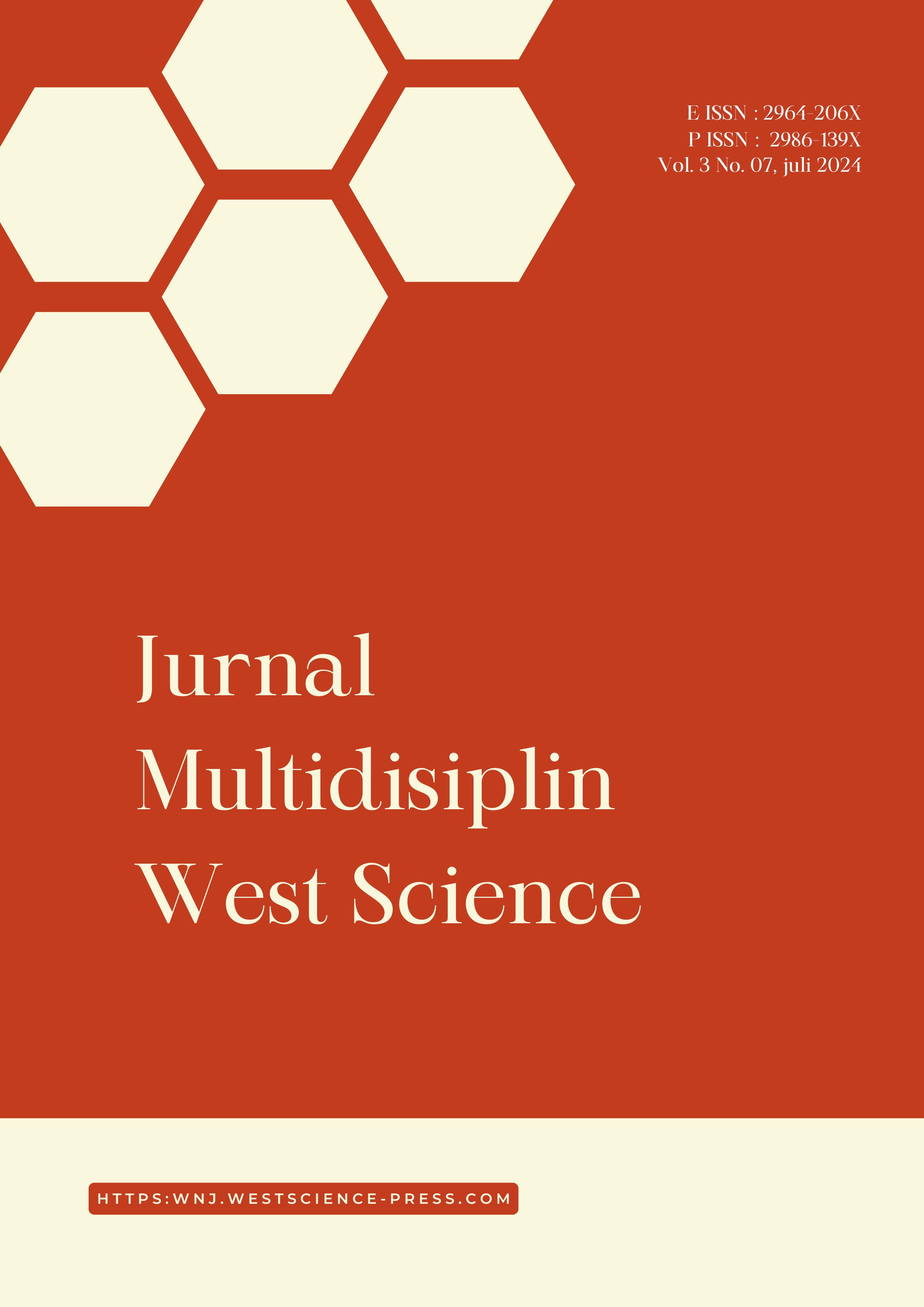The Analysis of Fruit Carving, an Art Qualified Culinary by The Student of Culinary Art Study Program
DOI:
https://doi.org/10.58812/jmws.v3i07.1401Kata Kunci:
Art, Carving, Culinary, FruitAbstrak
This research is a qualitative research aim to analysis fruit carving, with participant observation and literature study. The research method was participant observation means researchers immerse themselves in the natural environment or social setting of the participants to do, observe and document behaviors, interactions, and cultural practices. The exploration of fruit carving through participatory observation in qualitative research unveils a unique blend of artistic expression, cultural tradition, health awareness, sustainability, and educational significance. This amalgamation renders fruit carving a multifaceted and enriching area of study, offering novel insights into its diverse dimensions. This approach is particularly useful for studying social dynamics and cultural phenomena. The result was fruit carving's uniques lie in its strength, such as widespread popularity, art and cultural heritage. Fruit carving weaknesses include price instability and dependency on high-quality fruit carving. Opportunities for business growth include creating variations and marketing to culinary tourists, while threats include intense competition and uncertainty in raw material supply. Overall, leveraging its strengths while addressing weaknesses and seizing opportunities will be crucial for the success of fruit carving existence in the future.
Referensi
Ayu Putu Hemy Ekayani, I., Purwanatha, I.M.H. and Damiati (2023) ‘I Made Hadi Purwanatha’, 3(1), pp. 1–10. Available at: http://10.0.93.79/jk.v3i1.60030.
Lj Moleong (2017) ‘Metode Penlitian Kualitatif’, Metodologi Penlitian Kulitatif, (April 2021), pp. 1–9.
Mathematics, A. (2016) ‘Manajemen Mice’, pp. 1–23.
Moleong (2005) ‘Data primer, yaitu data yang diperoleh dari hasil wawancara secara dan pengamatan secara mendalam kepada para informannya’, p. 1.
Pangesti, D.F. (2018) ‘Konsep Halal Pada Restoran Jepang Di Seirockya No Pork Ramen’.
Panprom, S., Somtrakool, K. and Thidpad, P. (2014) ‘Traditional Knowledge Principles of Thai Fruit and Vegetable Carving’, Asian Culture and History, 6(2), pp. 43–51. Available at: https://doi.org/10.5539/ach.v6n2p43.
Panprom, S., Somtrakool, K. and Tidpad, P. (2013) ‘Fruits and Vegetable Carving: Development of Carving Patterns for Banquets’, International Journal of Academic Research in Business and Social Sciences, 3(9), pp. 697–706. Available at: https://doi.org/10.6007/ijarbss/v3-i9/259.
Putri, N.D.P.D. et al. (2021) ‘Pengaruh Kualitas Produk Dan Kualitas Pelayanan Terhadap Kepuasan Pelanggan’, Journal Of Communication Education, 15(1), pp. 1267–1283. Available at: https://doi.org/10.58217/joce-ip.v15i1.226.
Sesilia, A.P. (2020) ‘Kepuasan Pasien Menggunakan Layanan Kesehatan Teknologi (Tele-Health) di Masa Pandemi COVID-19: Efek Mediasi Kualitas Pelayanan Kesehatan’, Jurnal Penelitian Pendidikan, Psikologi Dan Kesehatan (J-P3K), 1(3), pp. 251–260. Available at: https://doi.org/10.51849/j-p3k.v1i3.48.
Suwannarak, J., Phanumong, P. and Rattanapanone, N. (2014) ‘Physiological changes of fruit and vegetable carving’, Chiang Mai University Journal of Natural Sciences, 13(1), pp. 77–86. Available at: https://doi.org/10.12982/cmujns.2014.0023.
Trahutami, S.W.I. (2018) ‘Sushi : Sebuah Tradisi Dalam Modernitas’, Kiryoku, 2(2), p. 103. Available at: https://doi.org/10.14710/kiryoku.v2i2.103-109.
Trisnasari, D. and Qur, B. (2022) ‘Pengembangan Aplikasi Fruit Carving Sebagai Media Pembelajaran Interaktif di Era Post Pandemi Covid-19’, 6, pp. 177–185.
Unduhan
Diterbitkan
Cara Mengutip
Terbitan
Bagian
Lisensi
Hak Cipta (c) 2024 I Putu Raka Kamista Putra, I Wayan Witranatha, Kadek Rivaldo Grey, I Wayan Reyvas Octa Pramesta, I Putu Sila Smara Lingga Buana, Ni Desak Made Santi Diwyarthi, Prastha Adyatma

Artikel ini berlisensiCreative Commons Attribution-ShareAlike 4.0 International License.



















 Instagram
Instagram 